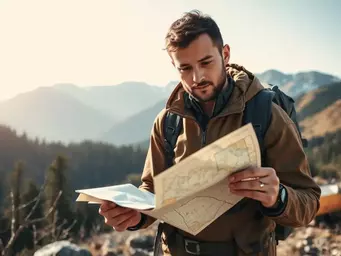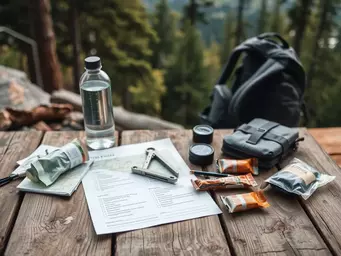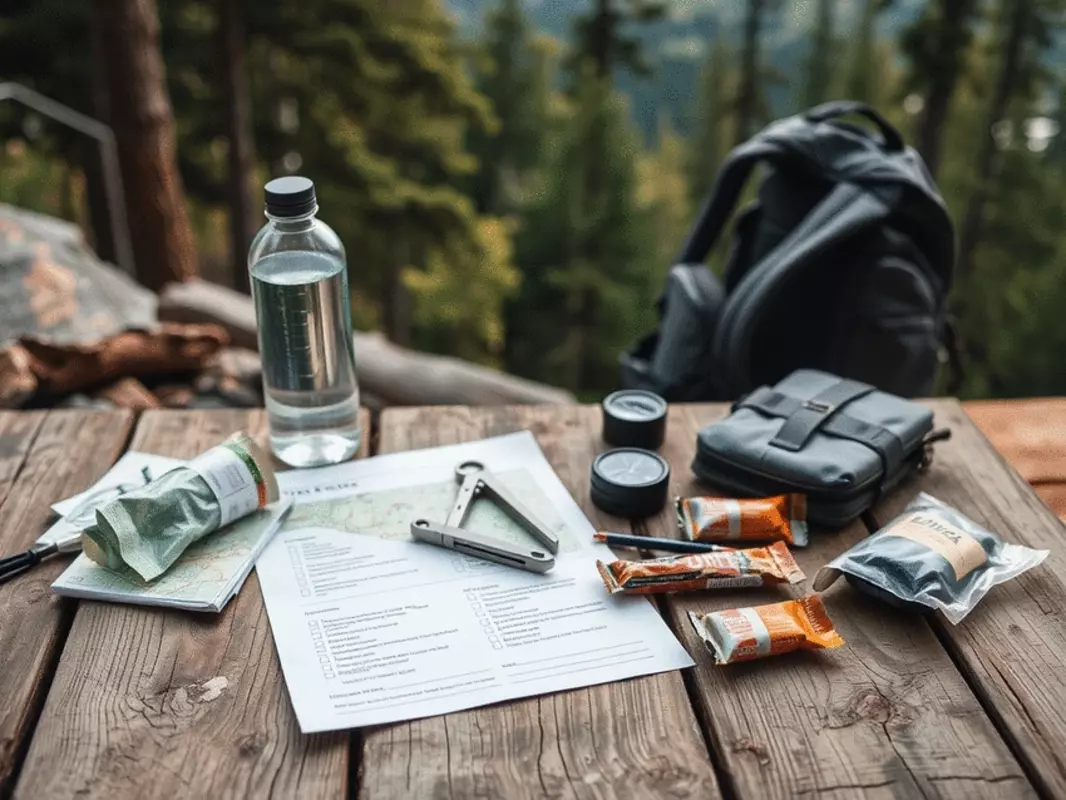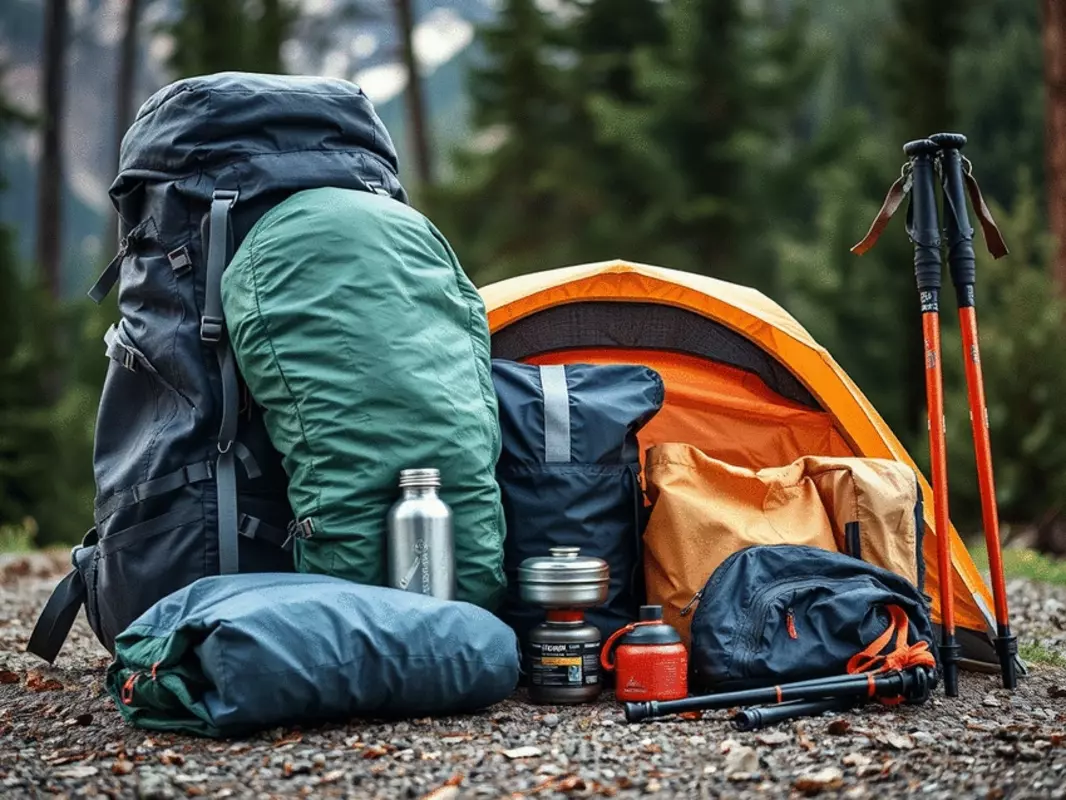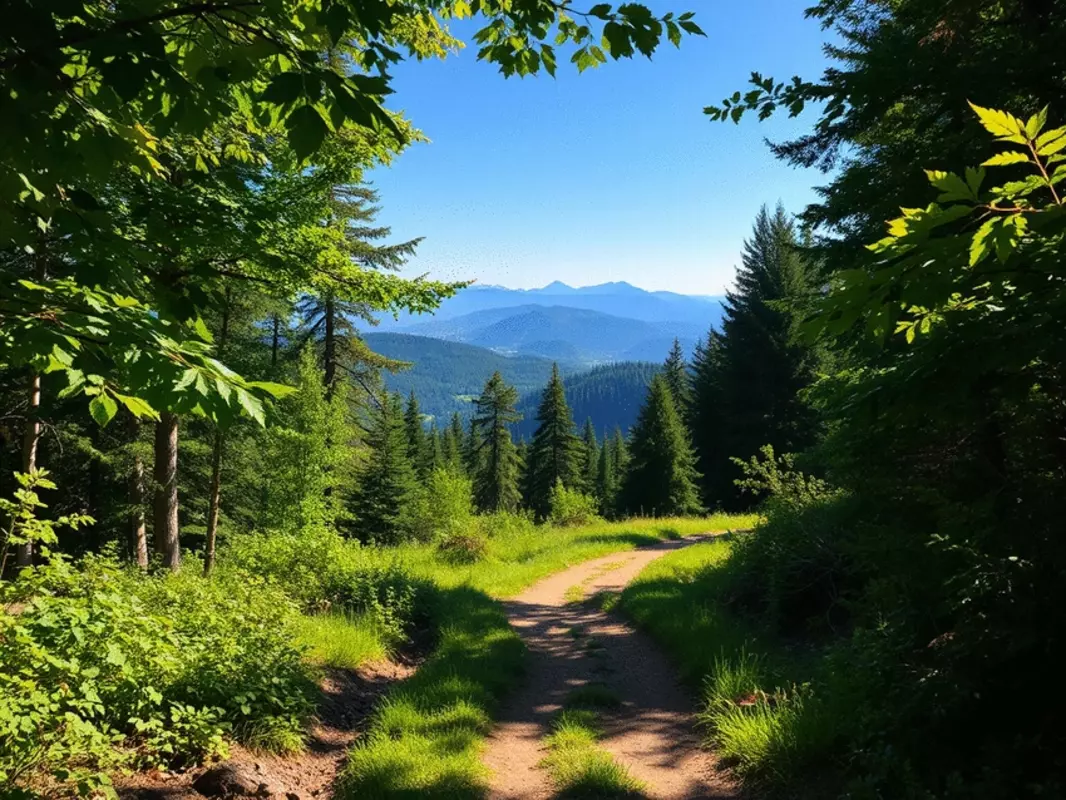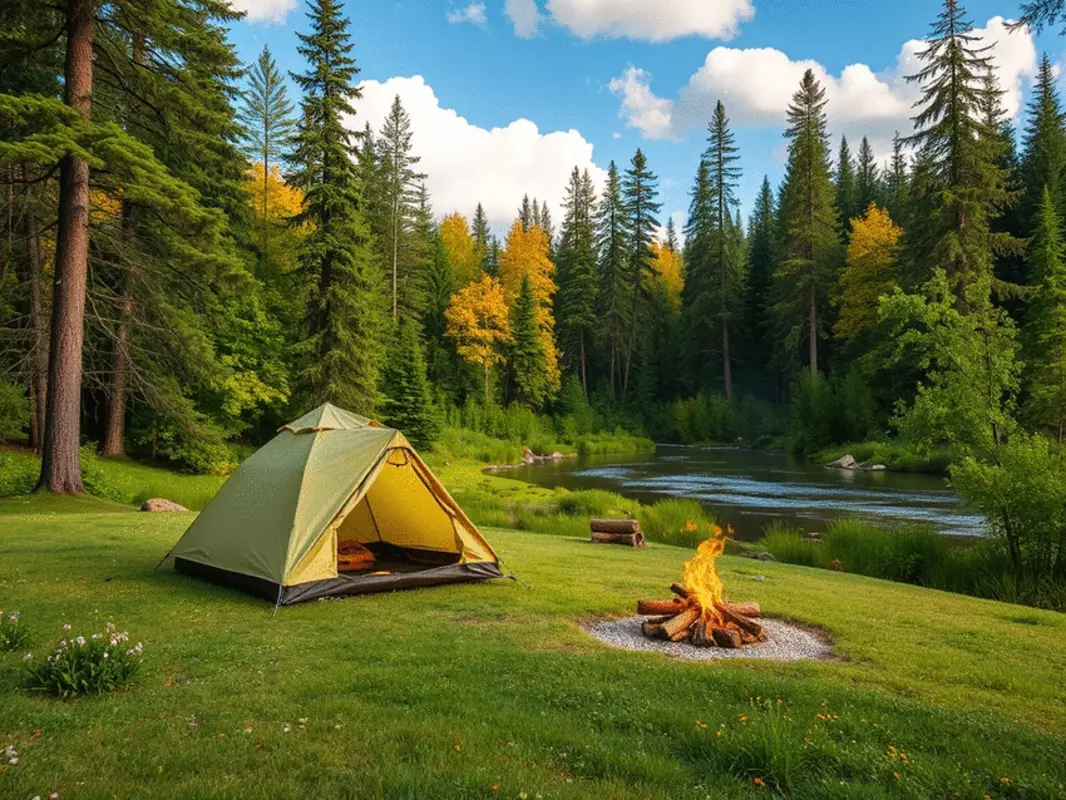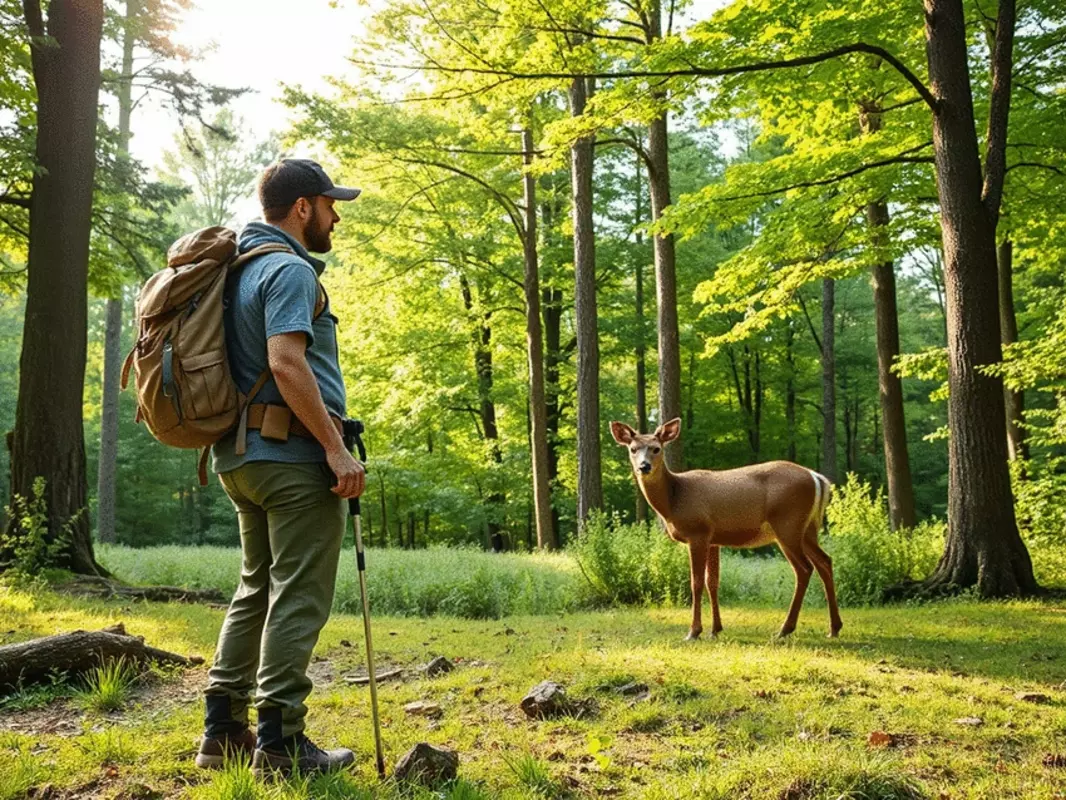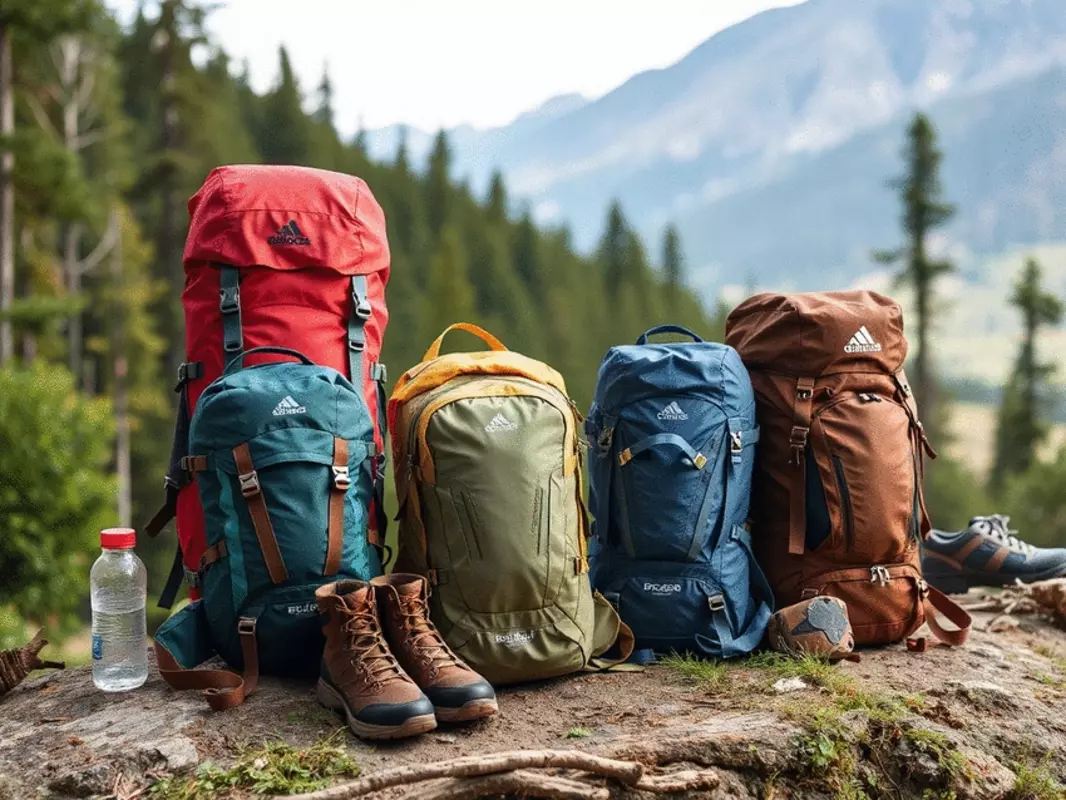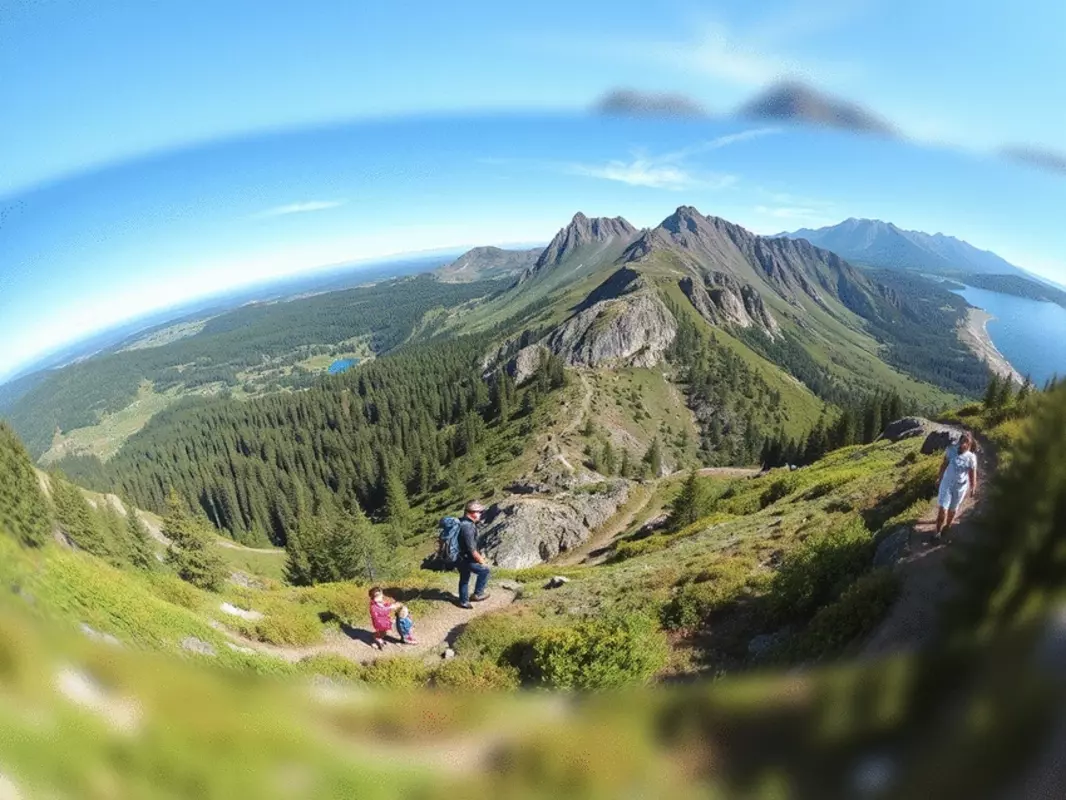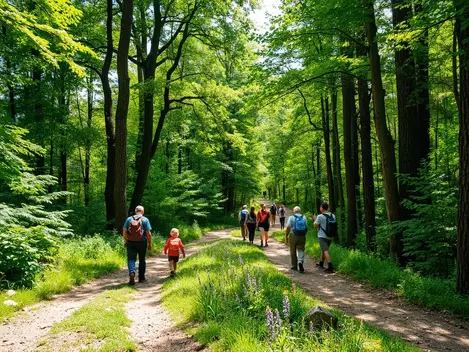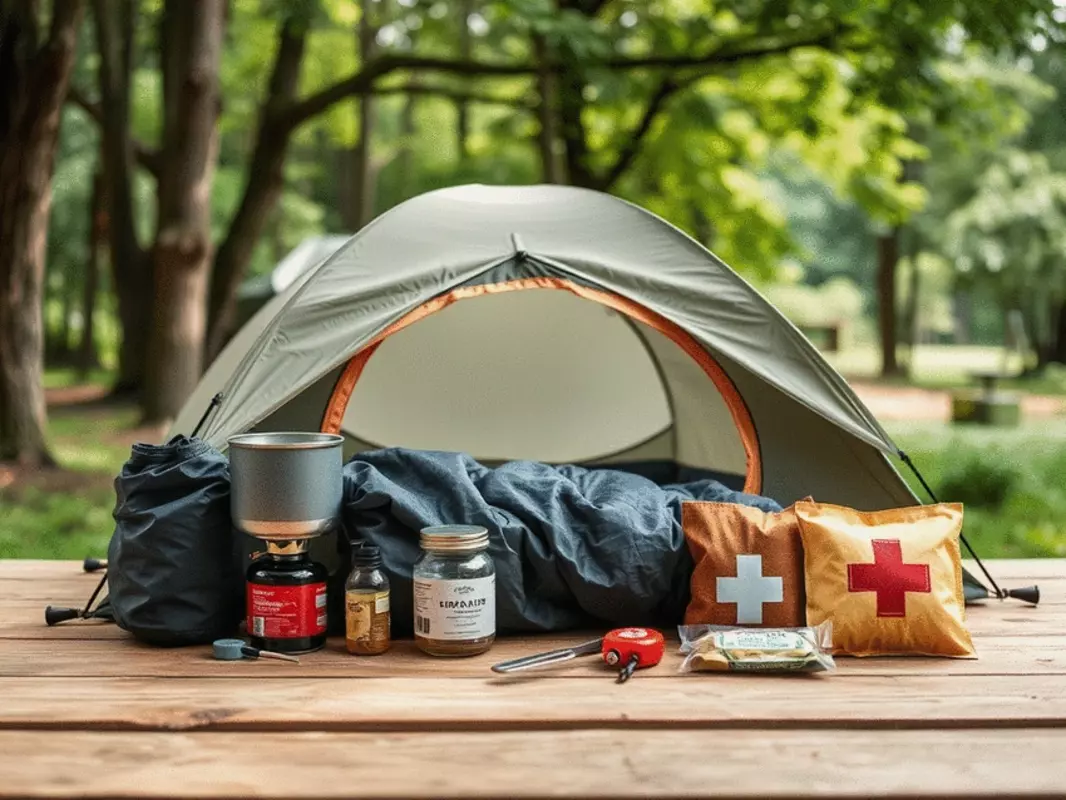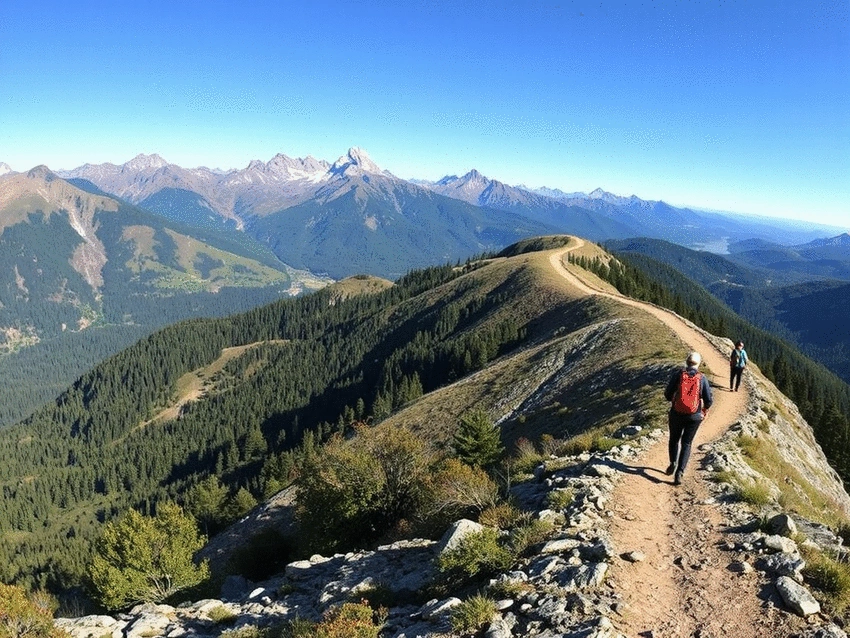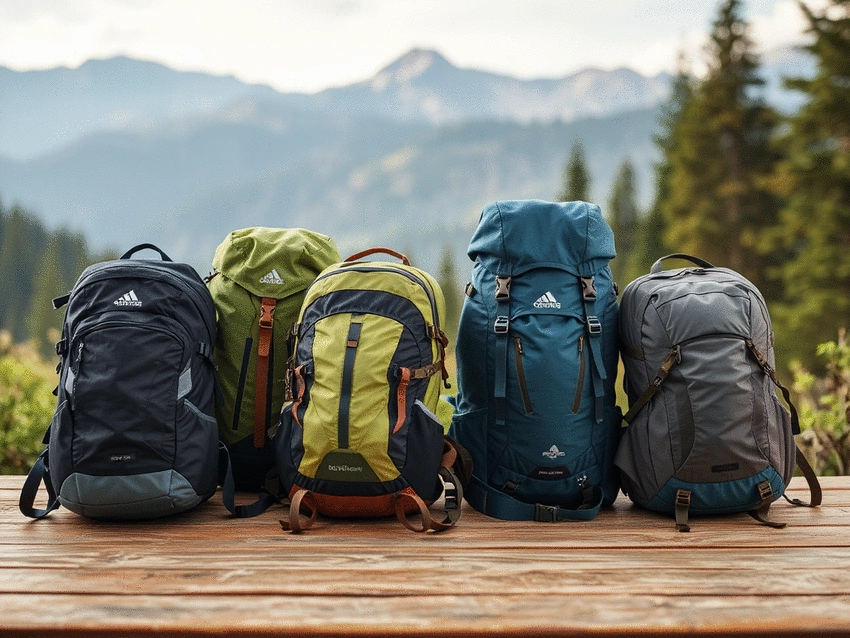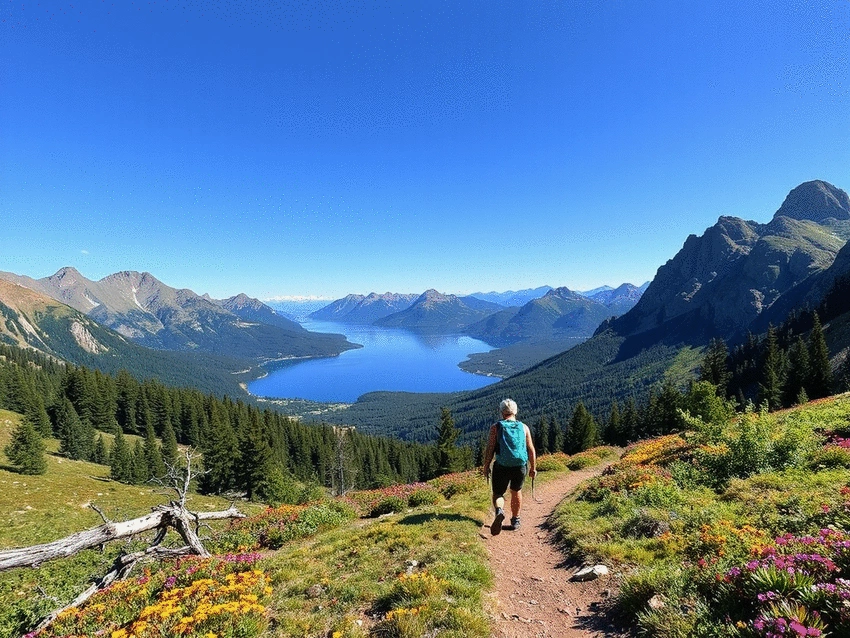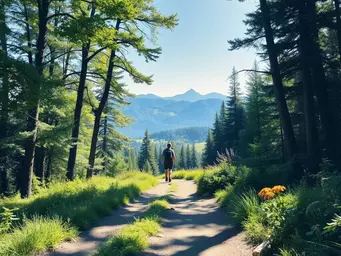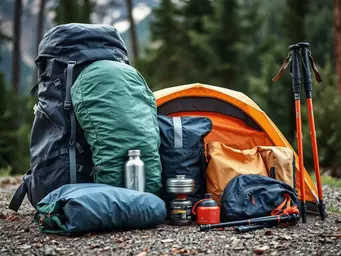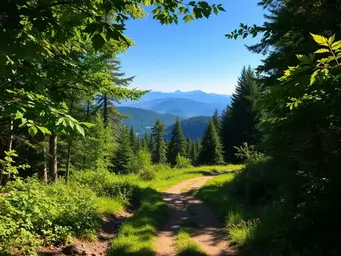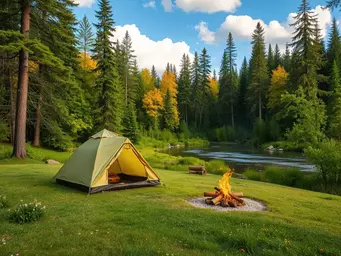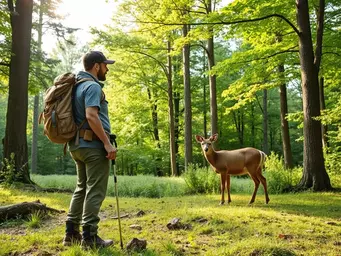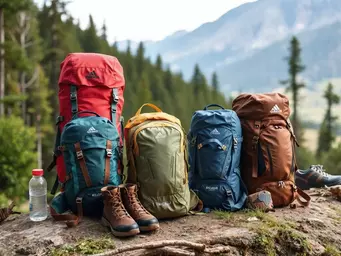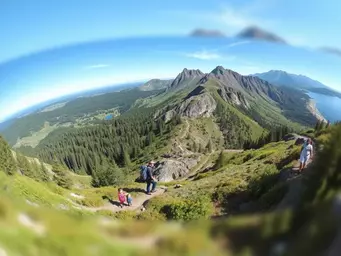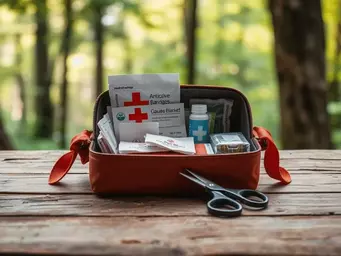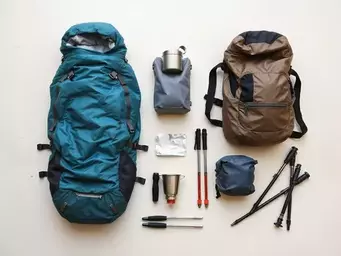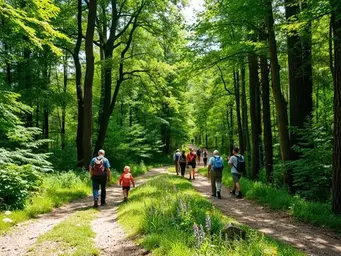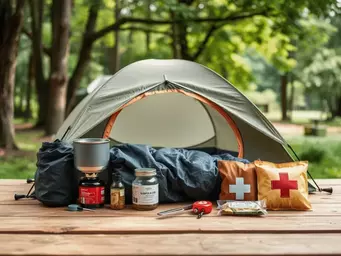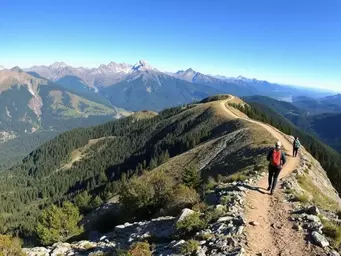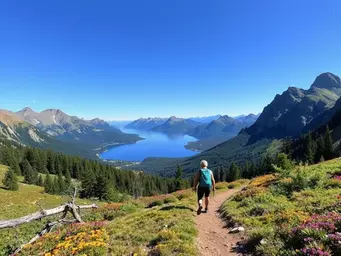Off-Trail Navigation Survival Tips

In the realm of off-trail navigation, where spontaneity intertwines with strategy, a solid understanding of essential skills can make all the difference between a memorable adventure and a stressful ordeal. The wilderness awaits, and with the right tools and knowledge, you can explore it confidently!
What You Will Learn
- Why mastering advanced survival techniques enhances your off-trail navigation skills.
- The critical differences between off-trail navigation and traditional trail navigation.
- Essential principles to embrace for safe and responsible wilderness navigation.
- The importance of planning your route and staying aware of changing weather conditions.
- How multimedia tools can further enhance your navigation experience in the wild.
- The significance of connecting with local communities for continuous improvement in navigation skills.
Comparing Off-Trail vs. Trail Navigation
Understanding the core differences between off-trail and traditional trail navigation is essential for safely exploring the wilderness.
Understanding Off-Trail Navigation: Essential Skills for Safety
Embarking on an off-trail adventure can be both exhilarating and daunting. One of the key aspects of ensuring a safe exploration is understanding off-trail navigation. It’s not just about following a marked path; it’s about honing the essential skills that keep you connected to your surroundings and prepared for the unexpected!
As someone who has spent years navigating various terrains, I can tell you that the wilderness can be unforgiving. That’s why it’s crucial to be equipped with advanced survival techniques. Knowing how to read the land, interpret your tools, and react to changing conditions can mean the difference between a thrilling adventure and a harrowing experience. For more insights on what to do if you get lost, the U.S. Forest Service offers valuable guidance.
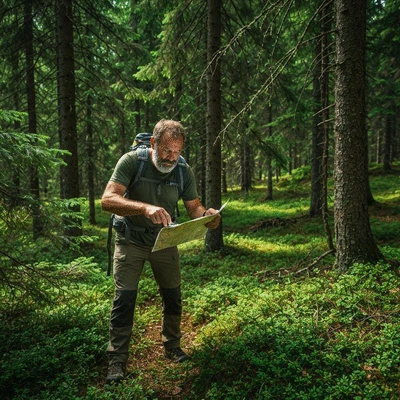
The Importance of Advanced Survival Techniques for Wilderness Navigation
When venturing off-trail, having a solid grasp of advanced survival techniques is pivotal. This includes understanding how to use a map and compass, recognizing natural landmarks, and being able to adapt to dynamic weather conditions. Here are a few reasons why these skills are essential:
- Enhanced navigation: Advanced techniques help you make informed decisions when the trail disappears.
- Safety first: Knowing survival strategies can protect you from potential hazards.
- Boosted confidence: Mastering navigation skills empowers you to explore with assurance.
By refining these skills, you’re not just preparing for your next hike; you’re fostering a deeper connection with the natural world. After all, there's a certain magic in wandering through untamed landscapes, and with the right tools, you can embrace that magic safely! The Montana Fish, Wildlife & Parks provides comprehensive survival information that can further enhance your readiness.
Defining Key Terms: Off-Trail Navigation vs. Trail Navigation
It’s essential to differentiate between off-trail navigation and traditional trail navigation. While trail navigation involves following marked paths, off-trail navigation requires a more nuanced understanding of your environment. Here’s a breakdown of the key differences:
- Trail Navigation: Relies on visible markers and defined paths, making it accessible for all skill levels.
- Off-Trail Navigation: Demands skills in map reading and terrain analysis, often involving unmarked routes.
- Flexibility: Off-trail navigation allows for exploration but requires adaptability and awareness of the landscape.
Understanding these distinctions helps you prepare mentally for your journey. It’s not just about where you’re going; it’s about how you’ll get there and what you’ll encounter along the way!
Wilderness Survival: Core Principles for Off-Trail Navigation
Embracing off-trail navigation isn’t solely about having the right gear; it also involves understanding core survival principles. Whether you’re a novice or seasoned hiker, these principles can guide you:
- Preparation: Always research your route and plan for the unexpected.
- Diverse Skills: Cultivate a mix of navigation, first aid, and survival skills.
- Respect for Nature: Understanding the environment fosters a deeper appreciation and safety.
As I’ve learned from my own adventures, these principles serve as a foundation for successful navigation. They remind us that while nature is beautiful, it also requires respect and caution. So, as you step off the beaten path, let these guiding principles lead you toward safe and fulfilling discoveries! The National Park Service also offers valuable hiking safety tips that align with these principles.
We Want to Hear From You!
What’s your biggest challenge when it comes to off-trail navigation? Share your thoughts below:
Frequently Asked Questions About Off-Trail Navigation
- What is the main difference between off-trail and trail navigation?
- Trail navigation involves following visible markers and defined paths, suitable for all skill levels. Off-trail navigation, however, demands advanced skills in map reading, terrain analysis, and adaptability to explore unmarked areas.
- Why are advanced survival techniques important for off-trail navigation?
- Advanced survival techniques, such as map and compass use, recognizing natural landmarks, and adapting to weather changes, are crucial for enhanced navigation, protecting against hazards, and boosting confidence when the trail disappears.
- What are the core principles for safe wilderness navigation?
- Key principles include thorough preparation and route research, cultivating diverse skills (navigation, first aid, survival), and having deep respect for nature to ensure both safety and appreciation of the environment.
- What tools are essential for off-trail navigation?
- Essential tools include topographic maps for interpreting landscape features, a compass for bearings and declination, and GPS devices for integrating technology with traditional methods. Practicing with these tools helps build confidence.
- How can I continuously improve my navigation skills?
- Continuous improvement can be achieved by joining local navigation workshops or online communities, practicing regularly in different terrains, and connecting with experienced navigators to gain new perspectives and techniques.
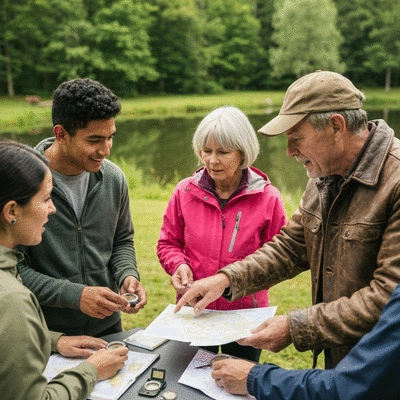
Summarizing Key Takeaways for Safe Off-Trail Navigation
As we wrap up our discussion on safe off-trail navigation, it’s vital to highlight the essential techniques and tools that can help you navigate the wilderness confidently. Off-trail navigation requires a unique set of skills that go beyond just following a trail. It’s about understanding the land, using your tools effectively, and being prepared for anything that comes your way!
Here are some key takeaways to remember:
- Master the tools: Familiarize yourself with topo maps, compasses, and GPS devices.
- Plan your route: Implement strategies like handrails and backstops for safer navigation.
- Stay aware of the weather: Conditions can change quickly, so keep an eye on the forecast.
Remember, practicing these techniques in your local area can build your confidence and readiness for deeper wilderness adventures!
Recap of Essential Techniques and Tools for Wilderness Navigation
Let’s recap the essential skills that will aid you in becoming a proficient off-trail navigator. By mastering these techniques, you can enhance your safety and enjoyment in the wild:
- Reading topo maps: Learn to interpret the landscape features and contours.
- Using compasses: Understand how to take bearings and account for declination.
- Integrating GPS: Use technology to complement traditional navigation methods.
By integrating these tools into your adventure toolkit, you’ll find navigating off-trail can be exhilarating rather than intimidating!
Encouraging Further Learning and Skill Development in Navigation
As you embark on your off-trail adventures, I encourage you to keep learning and honing your navigation skills. Consider joining workshops or community groups that focus on outdoor education. Learning from others can offer new perspectives and techniques that can further enhance your navigation abilities!
- Take classes: Look for local navigation or wilderness survival courses.
- Practice regularly: Challenge yourself with different terrains and conditions.
- Connect with experienced navigators: Their insights can be invaluable.
By continuously expanding your knowledge, you’ll be better prepared for any off-trail journey you undertake.
Emphasizing Leave No Trace Principles for Responsible Navigation
Finally, as we navigate the beauty of the great outdoors, it’s essential to embrace the Leave No Trace principles. Responsible navigation is not just about finding your way; it’s about preserving the environment for future adventurers. Here’s how you can practice these principles:
- Plan ahead: Research your route and minimize your impact.
- Stay on durable surfaces: Avoid trampling fragile ecosystems.
- Pack it in, pack it out: Carry out all trash and leftover food.
Adopting a Leave No Trace mindset not only enhances your own experience but also contributes to the well-being of our wild spaces!
Next Steps for Aspiring Navigators: Resources and Recommendations
Now that you have a solid foundation in off-trail navigation, let’s talk about the next steps you can take to enhance your skills further!
Utilizing Multimedia Tools: Interactive Maps and Downloadable Checklists
One great way to improve your navigation is by utilizing multimedia tools. Interactive maps can provide real-time data and can even help you simulate various scenarios. Here are some resources to consider:
- Interactive topographic maps: Websites and apps that allow you to zoom in on terrain features.
- Downloadable checklists: Create or find checklists that help you prepare for different types of hikes.
With these tools, you can better prepare for your next adventure into the wild!
Joining Local Navigation Workshops or Online Communities for Continuous Improvement
Don’t underestimate the power of community! Joining local workshops or online forums can be incredibly beneficial. These platforms allow you to share experiences, seek advice, and learn from others who share your passion for the outdoors.
- Local outdoor clubs: Many communities offer clubs focused on hiking and navigation.
- Online forums: Websites like Reddit or specific hiking forums can connect you with fellow adventurers.
By engaging with a community, you’ll find motivation and support on your journey to becoming an experienced navigator!
Exploring Navigation Apps: Enhancing Your Off-Trail Experience
Finally, consider exploring various navigation apps that can enhance your off-trail experience. These apps can provide valuable tools for tracking your location, planning routes, and even sharing insights with friends!
- Offline maps: Many apps offer offline features so you can navigate even without cell service.
- Trail and waypoint tracking: Easily log your hikes and mark important locations.
With technology on your side, you can navigate with confidence and enjoy the beautiful trails waiting for you!
Recap of Key Points
Here is a quick recap of the important points discussed in the article:
- Master Navigation Tools: Familiarize yourself with topo maps, compasses, and GPS devices.
- Plan Your Route: Implement strategies like handrails and backstops for safer navigation.
- Stay Aware of Weather Conditions: Monitor weather forecasts as conditions can change quickly.
- Understand Core Principles: Preparation, diverse skills, and respect for nature are essential for successful navigation.
- Practice Regularly: Build confidence by navigating different terrains and conditions.
- Embrace Leave No Trace Principles: Minimize your impact on the environment while enjoying the wilderness.
